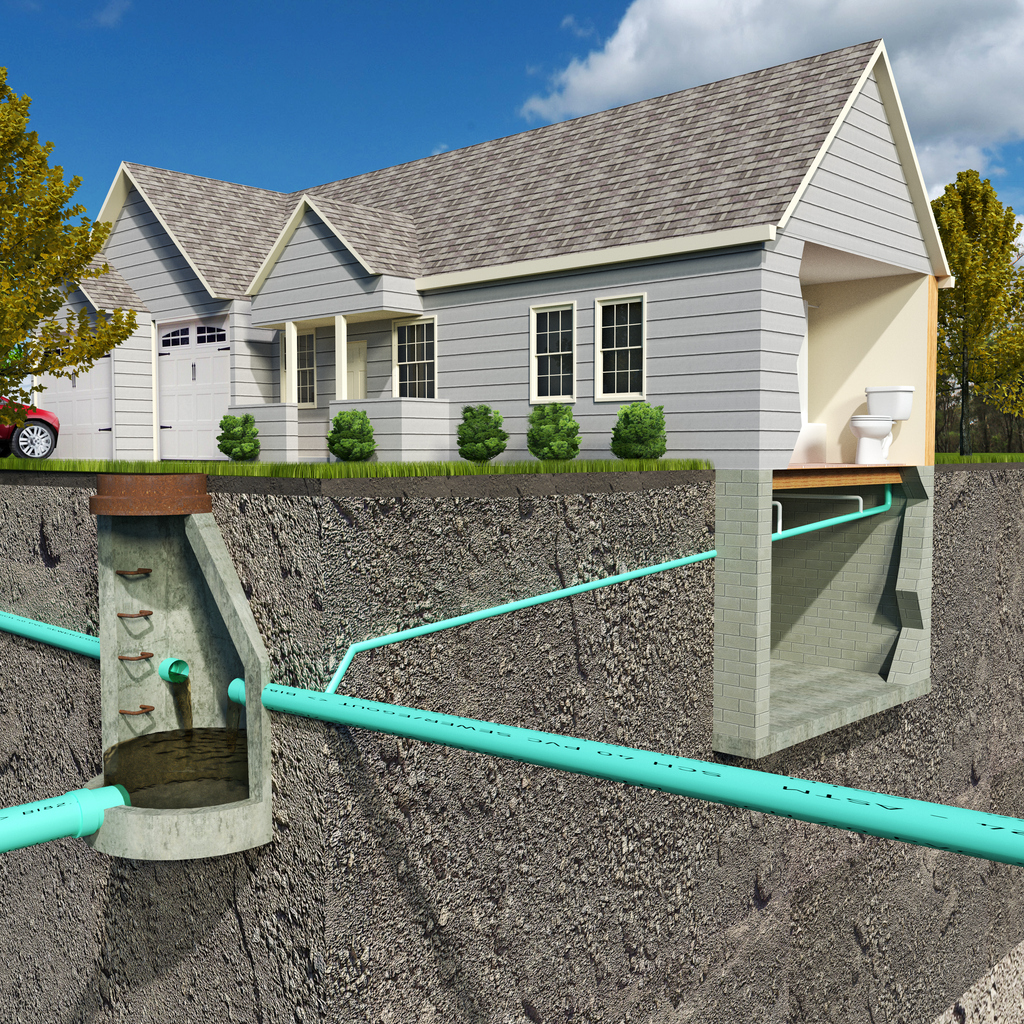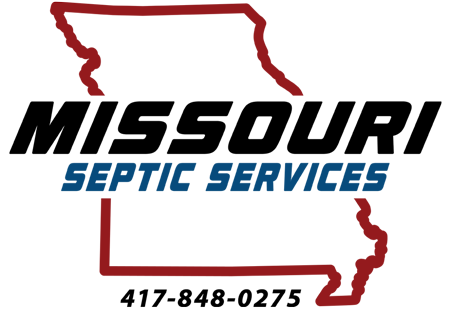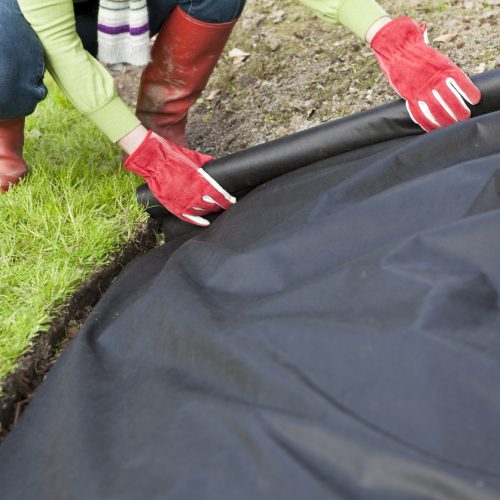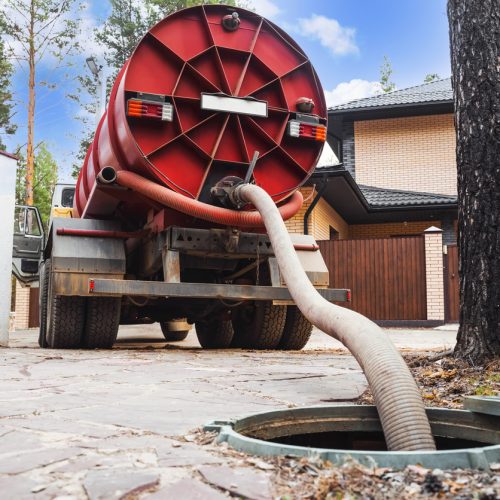
Do I Need Leach Field Fabric?
When it comes to your septic system, failure is not a fun option! To set yourself up for success, trust professionals who know all about septic system installation and repair.
Building a leach field is not an easy project for contractors…and it is especially difficult for do-it-yourselfers. There are many vital steps, including knowing how and where to add leach field fabric. But before choosing your drain field fabric, it’s important to know what you’re getting.
If you’re just getting started with your drain field and have questions, or if you’re halfway done and realize you need help, contact the pros at Missouri Septic Services.



